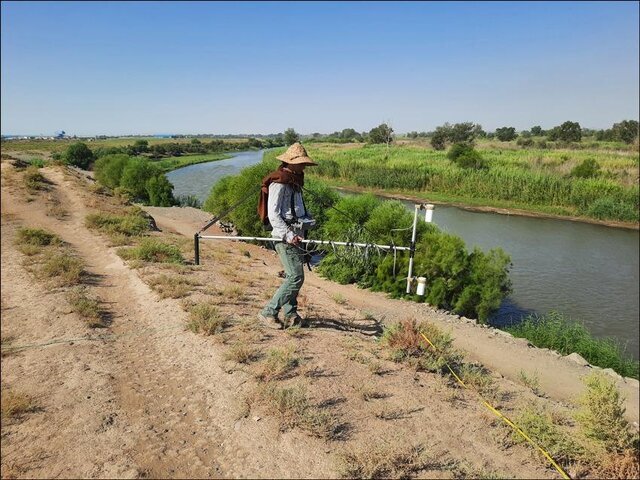Archaeological survey sheds new light on Sassanid era fortress

TEHRAN—A team of Iranian archaeologists has recently finished an archaeological season on the Sassanid-era (224–651) Oltan Fortress in Ardabil province, ISNA reported on Wednesday.
The new archaeogeophysical studies with magnetometric methods have led to novel discoveries, said Kurosh Mohammdkhani, who presides over the project.
As a result of this method, as well as the aerial photographs taken by a drone from 95 meters above the ground of the castle and its surroundings, digital maps of the terrain will be prepared, he added.
There can be no doubt that this castle was an important defensive structure in northwest Iran during the Sassanid era, but its studies and excavations have largely been neglected until this day, he mentioned.
The fortress has been inscribed on the national heritage list.
From ancient to modern times, defensive walls have often been necessary for cities to survive in an ever-changing world of invasion and conquest.
Fortresses were designed primarily to defend territories in warfare and were also used to solidify rule in a region during peacetime.
Uruk in ancient Sumer (Mesopotamia) is one of the world’s oldest known walled cities. The Ancient Egyptians also built fortresses on the frontiers of the Nile Valley to protect against invaders from neighboring territories.
Many of the fortifications of the ancient world were built with mud brick, often leaving them no more than mounds of dirt for today’s archaeologists.
Sprawling on a high, windswept plateau, Ardabil is well-known for having lush natural beauties, hospitable people, and its silk and carpet trade tradition. It is also home to the UNESCO-registered Sheikh Safi al-Din Khanegah and the Shrine Ensemble.
The province is very cold in winter and mild in summer, attracting thousands every year. The capital city of Ardabil is usually recorded as one of the coldest cities in the country in winter.
ABU/AM
Leave a Comment